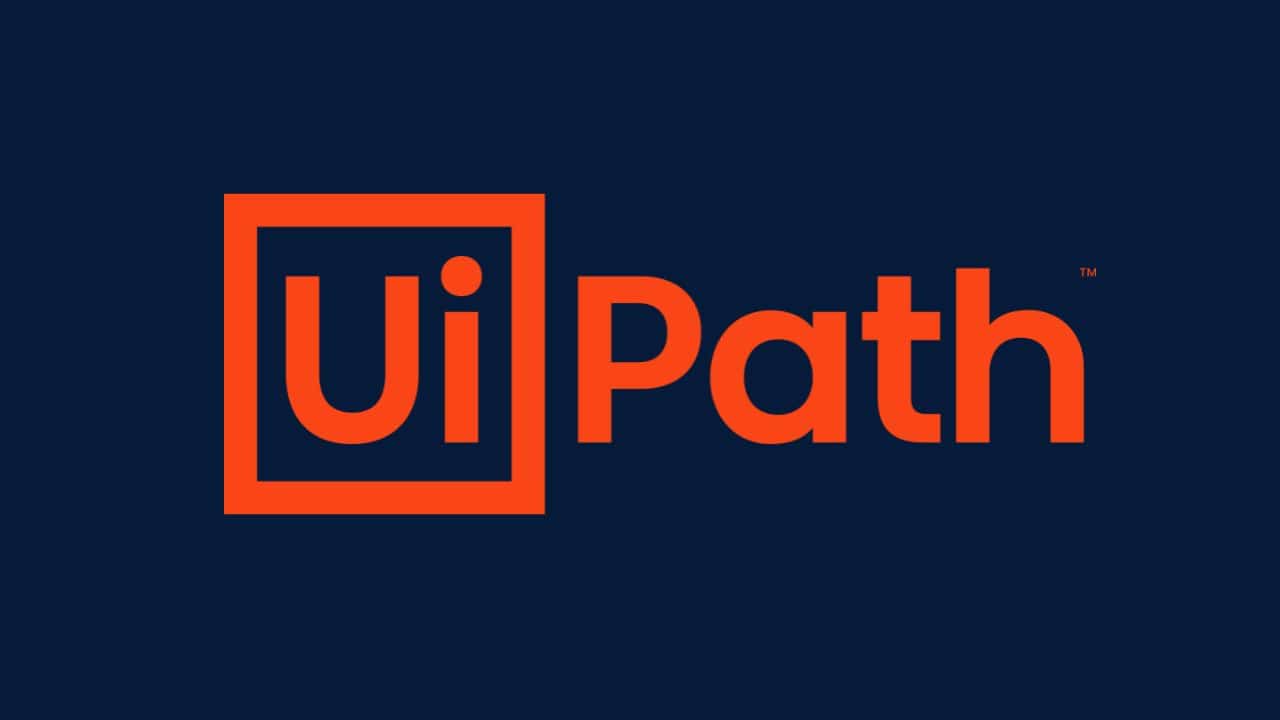Today most organizations use MDM solutions to ensure their devices are secure and can be easily managed. Mac/iOS and Windows are the most sought-after operating systems that are frequently used by any user and any organization across the globe. So, let’s take a look at the key benefits of MDM for Windows devices and how it makes Windows unique and user-friendly by complying with data and device management regulations.
Features of Windows Device Management
Windows offers a plethora of devices and has millions of users. However, this paves the way for the organizations to lose control over the different Windows devices used by the employees. This is where MDM comes to the rescue.
MDM software is installed on devices to effectively manage and secure each Windows device and data used by every employee within and outside the organization. In this way, the IT teams can ensure that there is no breach of sensitive information by any third-party software and applications.
The key features of Windows device management or MDM for Windows are:
Device enrollment
- MDM helps to enroll windows devices Over-the-Air (OTA) with Microsoft’s default device management application.
- It presents a self-service portal for the users to work on.
- The users can create their own credentials or use a one-time password to access the application, which means that MDM offers an authentic enrollment to the device and applications.
- Multiple devices can be enrolled for the same user.
- Bulk enrollment through which organizations can enroll many devices in one go.
Profile Management
- MDM helps to create and set up policies for IMAP, POP, and Exchange email settings.
- It helps to configure Wi-Fi, VPN and allows cellular data access while roaming, among other things.
- Passcodes can be made simple or complex, depending on the situation with MDM solutions applied in Windows.
- It also helps to divide Windows phones into corporate and BYOD categories and impose regulations and rules to them.
Application Management
- In-house apps can be managed and distributed efficiently with the help of MDM in Windows.
- MDM helps to display the apps in an App Catalog so that users can choose and install them on their own.
- It allows users to install programs silently.
- It separates the apps into blocklisted and approved apps.
- To erase distributed apps automatically, the user needs to select “Remove Device” or “Corporate Wipe” as an action.
- The user can fetch reports to keep track of the installed apps on his/her device.
- The organization can assign apps to the users in a secured manner.
Security Management
- To prevent sensitive data leaks in the event of a theft, the device can be remotely locked.
- Security settings like copy paste restrictions, location services, camera, NFC, and more can be configured.
- To locate a missing gadget, the user can use the remote alarm.
- During a theft or device loss, the organization can perform a clean wipe.
- To delete products supplied through mobile device management, the organization can perform a corporate wipe.
Audits and Reports
- By using MDM, the user can generate updated reports on their Windows phones.
- The user can create custom reports based on parameters like Apps by Devices, Devices by Model, and so on., with the help of MDM in windows devices.
References:
- https://www.manageengine.com/products/desktop-central/mobile-device-management-windows.html
- https://www.manageengine.com/mobile-device-management/windows-phone-management.html








































